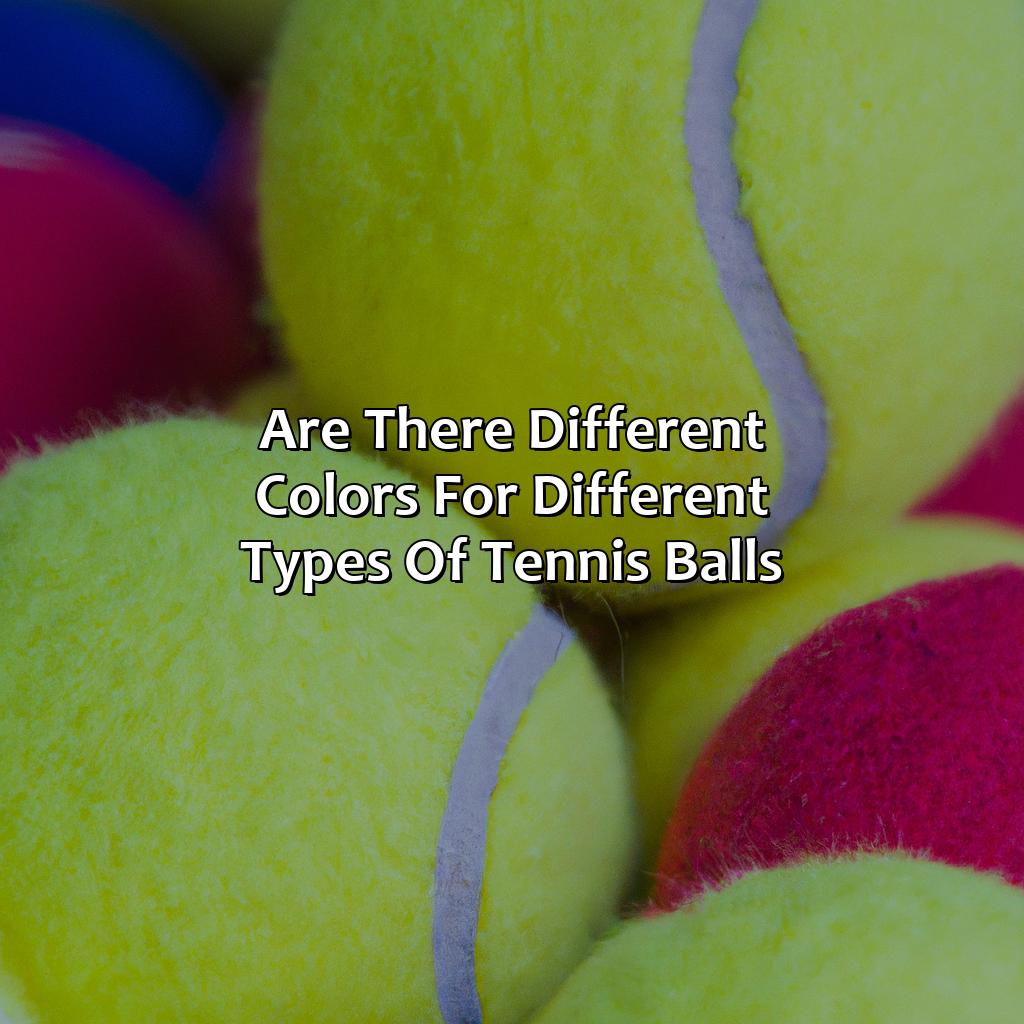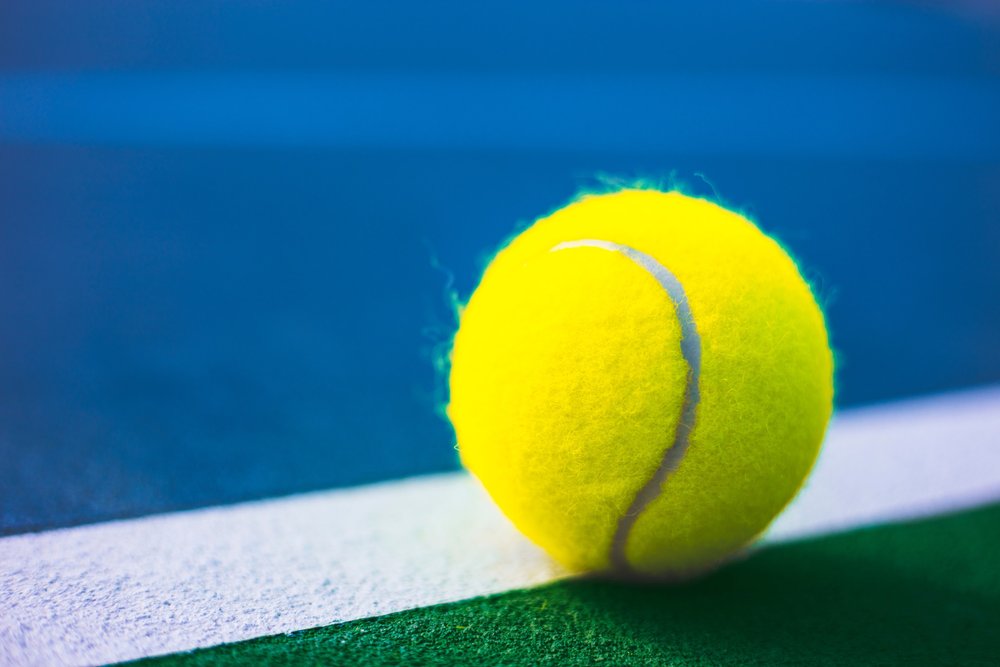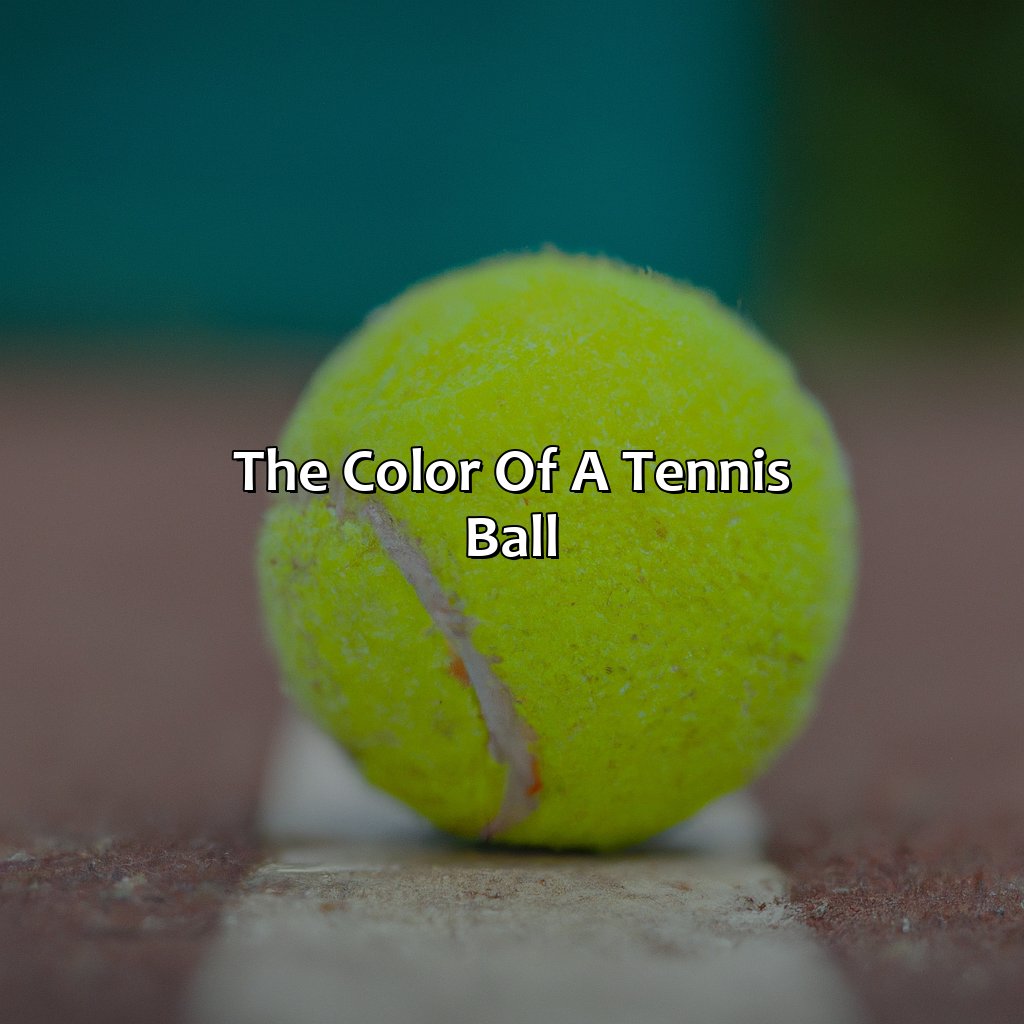The True Color Of Tennis Balls: Solved!
Is a tennis ball truly yellow, or does it reside in a chromatic gray area? The official stance leans towards a vibrant, fluorescent yellow, specifically "optic yellow," a shade chosen for optimal visibility on television. But this seemingly simple question sparks a surprisingly complex debate, touching upon color perception, sports broadcasting, and even the science of felt.
The debate about the color of a tennis ball might appear trivial at first glance. After all, it's a small, fuzzy sphere used in a sport, hardly a matter of global importance. However, this seemingly straightforward question delves into the fascinating intersection of physics, physiology, and the evolution of sports broadcasting. The story of the tennis ball's color is intertwined with the history of the game itself, reflecting technological advancements and the ever-present desire to enhance the viewing experience for millions of fans worldwide. The shift from white to optic yellow wasn't arbitrary; it was a calculated move driven by the demands of television and the need to make the sport more accessible to a wider audience. This transformation highlights the influence of technology on even the smallest details of a beloved sport, demonstrating how something as seemingly insignificant as the color of a ball can have a profound impact on its global reach and popularity.
| Characteristic | Details |
|---|---|
| Official Color | Optic Yellow (Fluorescent Yellow) |
| Governing Body | International Tennis Federation (ITF) |
| Year of Color Standardization | 1972 |
| Reason for Color Change | Improved visibility on television |
| Alternative Colors (Recreational) | Green, Orange, and others |
| Reference | International Tennis Federation |
According to the Munsell system, a tennis ball is classified as 5GY, a shade closer to chartreuse than pure yellow. This technical designation opens the door to subjective interpretations, as individual perceptions of color can vary significantly. Some see a distinct green hue, while others perceive a pure, bright yellow. This discrepancy highlights the inherent subjectivity of color perception and the limitations of language in precisely defining chromatic experiences. The human eye, combined with individual brain processing, creates a unique reality for each observer, making definitive pronouncements on color challenging.
Specialized tennis eyewear further complicates the issue. Lenses like Bolle Competivision are designed to filter out all colors except optic yellow, enhancing the ball's visibility against the backdrop of the court. This selective filtering can skew color perception, creating an even more individualized experience of the tennis ball's hue. The science behind these lenses demonstrates the lengths to which technology goes to optimize athletic performance and viewing pleasure, further blurring the lines of objective color definition.
The International Tennis Federation (ITF) unequivocally states that tennis balls for professional competitions must be either yellow or white, with "optic yellow" being the predominant choice. This standardization ensures uniformity in professional play and contributes to fair competition. The specific shade was adopted in 1972 after research demonstrated its superior visibility on television, marking a significant shift from the previously used white balls. This historical change underscores the interplay between technology and sporting regulations, demonstrating how innovations can influence the evolution of even established traditions.
Beyond the professional arena, however, a wider array of colors is permitted for recreational play. Orange, green, and other hues are often employed, catering to different playing conditions and personal preferences. This flexibility in recreational play highlights the multifaceted nature of the tennis ball's color story, acknowledging the balance between standardized regulations and individual expression.
The composition of the tennis ball also plays a role in its perceived color. The fibrous felt covering, which affects the ball's aerodynamics and spin, can interact with light in ways that subtly alter its apparent hue. This interaction further muddies the waters of color perception, adding another layer of complexity to an already nuanced debate.
Furthermore, the environment in which the ball is viewed influences its perceived color. The blue-green hues of a tennis court, for instance, can create the illusion of a greener tennis ball due to color contrast and reflection. This interplay of environmental colors highlights the context-dependent nature of color perception and the challenges in isolating the true color of an object.
The debate extends beyond mere semantics. The color of a tennis ball has a tangible impact on gameplay. Its visibility affects players' ability to track the ball's trajectory, impacting reaction time and strategic decisions. The chosen color also influences the viewer experience, especially in televised matches, where clarity and contrast are paramount.
The story of the tennis ball's color is a fascinating journey through the evolution of sports, the science of color, and the influence of technology. From its early days as a white sphere to its current vibrant optic yellow incarnation, the tennis ball has undergone a transformation driven by practical considerations and a desire to enhance both player performance and spectator enjoyment. The ongoing debate about its true color underscores the subjective nature of perception and the complexities of defining something as seemingly simple as the hue of a small, fuzzy ball. While "optic yellow" remains the official designation, the true color of a tennis ball, in many ways, remains in the eye of the beholder.


